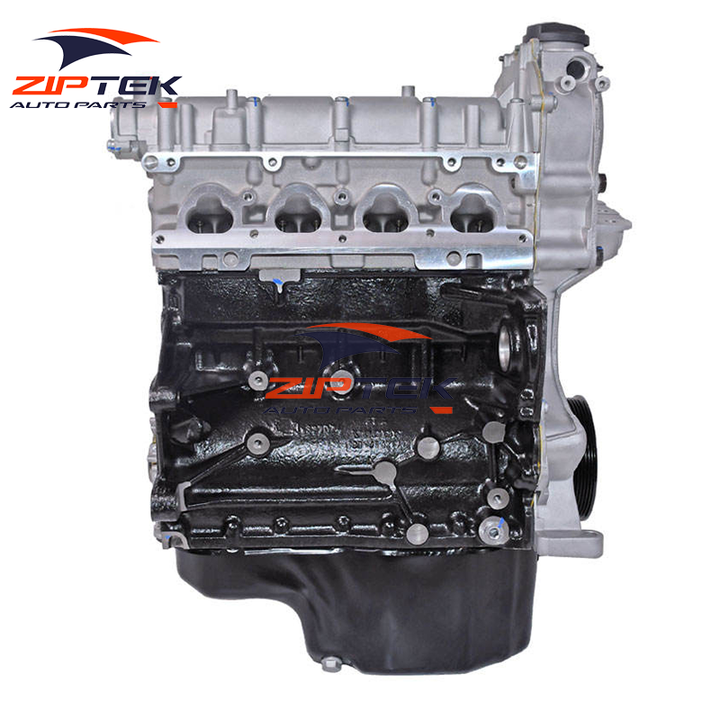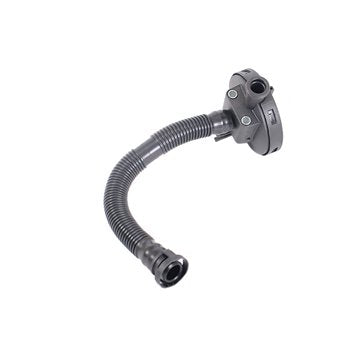How a Clp Engine Can Boost Effectiveness in Various Industries
The advent of CLP engines notes a significant change in operational performance across numerous markets, driven by their ability to maximize fuel intake and reduce downtime. Industries such as production and logistics stand to acquire substantially from their robust layout and regular power result, which promise to simplify operations and boost productivity. As companies progressively focus on sustainability alongside efficiency, the function of CLP engines comes to be much more crucial. What continues to be to be seen is how these improvements will form the future landscape of industrial operations and their effect on more comprehensive economic patterns (clp engine).
Summary of CLP Engines
CLP engines, or Continuous Liquid Propellant engines, represent a significant advancement in propulsion technology, specifically for room applications. These engines use a constant feed system that permits the sustained expulsion of propellant, bring about boosted efficiency and efficiency compared to traditional strong or hybrid propulsion systems. By preserving a constant circulation of liquid propellant, CLP engines can attain more accurate thrust control, which is crucial for navigating spacecraft in numerous goal circumstances.
The style of CLP engines integrates innovative materials and cutting-edge fuel monitoring systems. clp engine. This leads to reduced weight and boosted reliability, essential aspects for long-duration space goals. The constant procedure reduces the threat of combustion instability, a typical obstacle in traditional rocket engines.

Advantages in Production
The production of Continual Fluid Propellant (CLP) engines provides a number of significant advantages that enhance both efficiency and cost-effectiveness. One of the key advantages is the streamlined production process, which reduces the intricacy related to standard propulsion systems. By using liquid propellant, producers can achieve better accuracy in engine performance, resulting in optimized power outcome and decreased waste.
Additionally, CLP engines facilitate a greater level of modularity, enabling for less complicated assimilation into various production lines. This flexibility can considerably lower preparations and improve overall functional versatility. Using CLP modern technology additionally has a tendency to reduce the need for comprehensive maintenance as a result of less moving parts, which converts into reduced downtime and functional costs.

Applications in Logistics
Leveraging Continual Fluid Propellant (CLP) engines in browse around this site logistics supplies substantial benefits in functional performance and integrity. These engines supply a durable solution for numerous transport requirements, allowing the smooth motion of products across huge distances. The inherent style of CLP engines enables for regular power outcome, which equates into smoother and much more predictable transport timetables.
Among the essential applications of CLP engines in logistics is in sturdy products transport, where they can drive both ground and aerial vehicles. Their capacity to preserve high performance under differing lots conditions guarantees that delivery timelines are fulfilled, consequently improving customer satisfaction. In addition, CLP engines can be integrated into automated logistics systems, promoting real-time monitoring and optimizing course preparation.
Furthermore, the resilience of CLP engines lowers upkeep downtime, enabling logistics firms to optimize their operational abilities. This is particularly valuable in warehousing procedures, where efficiency in taking care of and carrying goods is essential. As logistics proceeds to evolve, the assimilation of CLP engines represents a forward-thinking technique that not only enhances performance yet also sustains the industry's growing needs for dependability and rate.
Effect On Power Efficiency
Just How do Constant Fluid Propellant (CLP) engines enhance energy performance in transportation? CLP engines make use of a consistent flow of fluid fuel, enhancing burning processes and preserving a secure thrust outcome. This design lessens energy losses related have a peek at this website to typical combustion engines, where fuel distribution can vary and bring about inefficiencies.
The constant procedure of CLP engines permits a more effective thermal cycle, causing greater specific impulse compared to traditional engines. clp engine. This equates to lowered gas consumption for the exact same quantity of job done, considerably reducing functional prices throughout numerous transport sectors, including aeronautics and maritime sectors
Moreover, the capability of CLP engines to preserve ideal efficiency under differing lots conditions reduces the need for frequent acceleration and deceleration, further enhancing fuel efficiency. Improved energy effectiveness not only contributes to set you back financial savings yet additionally brings about decrease greenhouse gas exhausts, straightening with international sustainability objectives.
Future Trends and Innovations
Arising innovations in Continual Fluid Propellant (CLP) engine innovation guarantee to reinvent the landscape of transportation effectiveness and sustainability. As industries pivot toward greener alternatives, CLP engines stand at the center, incorporating ingenious materials and layout techniques that boost performance while minimizing ecological effect.
Among one of the most encouraging patterns is the adoption of hybrid systems that integrate CLP engines with eco-friendly power resources. This harmony can optimize gas usage and reduce exhausts, straightening with worldwide sustainability objectives. In addition, improvements in computational fluid characteristics (CFD) are helping with the design of even more aerodynamically efficient engines, bring about decreased drag and improved gas efficiency.
Additionally, the growth of smart surveillance systems is set to boost operational performances. These systems leverage data analytics and IoT modern technology to enhance engine efficiency in real-time, ensuring that the engines operate within their most reliable parameters.
As research study proceeds to explore alternate propellant formulations-- such as biofuels and synthetic gas-- the future of CLP engines looks encouraging. By utilizing these advancements, industries can not only enhance their performance but likewise add significantly to a cleaner, much more lasting future in transport.
Conclusion
In final thought, CLP engines represent a considerable development in effectiveness across multiple industries. The integration of advanced materials and fewer moving parts reduces maintenance requirements, while alignment with sustainability objectives placements CLP engines as a pivotal modern technology for the future.